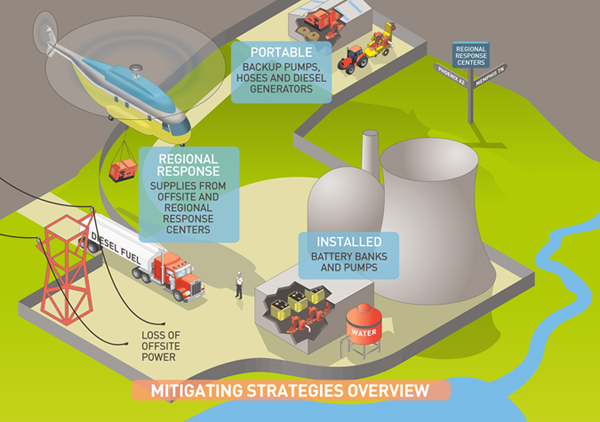CSCI 491: Conclusion
Throughout the last 6 weeks we have learned much about nuclear power and disasters that occurred while trying to harness the power of the atom. Chernobyl and Three Mile Island were most directly caused by operator error. These disasters are especially interesting because the remaining reactors continued to operate following the disaster. Perhaps this could be part of the reason why nuclear accidents occurred in the first place; building a nuclear reactor is extremely expensive. The Watts Bar 2 reactor cost $4.7 billion and has been granted an operating license for 40 years. During a crisis, reactor operators must feel pressure from the operating company to minimize reactor downtime. This effect was most apparent in the Chernobyl disaster, instead of canceling the test, it was rescheduled and performed by under-qualified operators. The operators felt pressured to continue the test even though the reactor had not been prepared for the test at this time. Unfortunately, this effect is very difficult to mitigate in reactor operation.
Thankfully nuclear accidents have led to increased reactor safety. Investigations on nuclear accidents are studied by every nuclear regulatory agency in the world. Following the Fukushima disaster in Japan, the Nuclear Regulatory Commission (NRC) issued 9 orders to US power plants to help mitigate the circumstances that led up to the Fukushima disaster. A quick look at a few of these orders shows reactors must create and implement improved emergency power generation plans, re-evaluate the dangers of flooding, and install new monitoring instrumentation. The NRC found their “design-basis requirements needed to be enhanced to deal with events that are very unlikely but beyond the current design-basis requirements.” The changing of those requirements allows more comprehensive coverage of potential disaster scenarios. Failing to learn from mistakes is ill-advised and international collaboration on nuclear safety makes sense. Having more strategies available to reactors operators to mitigate potential nuclear disasters should always provide a safer reactor operating environment.

Theoretical reactors designs promise guaranteed safety even in the event of total catastrophic failure. The most promising of these technologies is the liquid fluoride thorium reactor (LFTR). The LFTR uses thorium instead of uranium for its nuclear fuel. Thorium has many beneficial properties over uranium: thorium is easier to mine, thorium is incapable of being used in a nuclear bomb, and any isotope of thorium can be used as nuclear fuel. To be used as nuclear fuel, special isotopes of uranium must be extracted and purified, an expensive and time consuming process. Instead of packing rods of nuclear fuel into the core of the reactor the LFTR will use a molten blend of liquid fuel that is circulated through the reactor core. Solid fueled reactors can only use a small percentage of the fuel that they are provided and the rest of the fuel must be disposed as nuclear waste. LFTRs however can use nearly 99% of their fuel and can easily be refueled while the reactor is generating power. Waste generated by a LFTR has a much lower half life, making disposal of these materials much easier. LFTRs operate at low pressures greatly decreasing the likelihood of an explosion. Finally, LFTRs will have complete passive safety. Instead of requiring power to cool the reactor after it shuts down, a LFTR are designed to drain nuclear fuel to a special tank designed to allow the fuel to passively stop reacting and cool down. New regulations and future reactor designs help prevent future nuclear accidents.